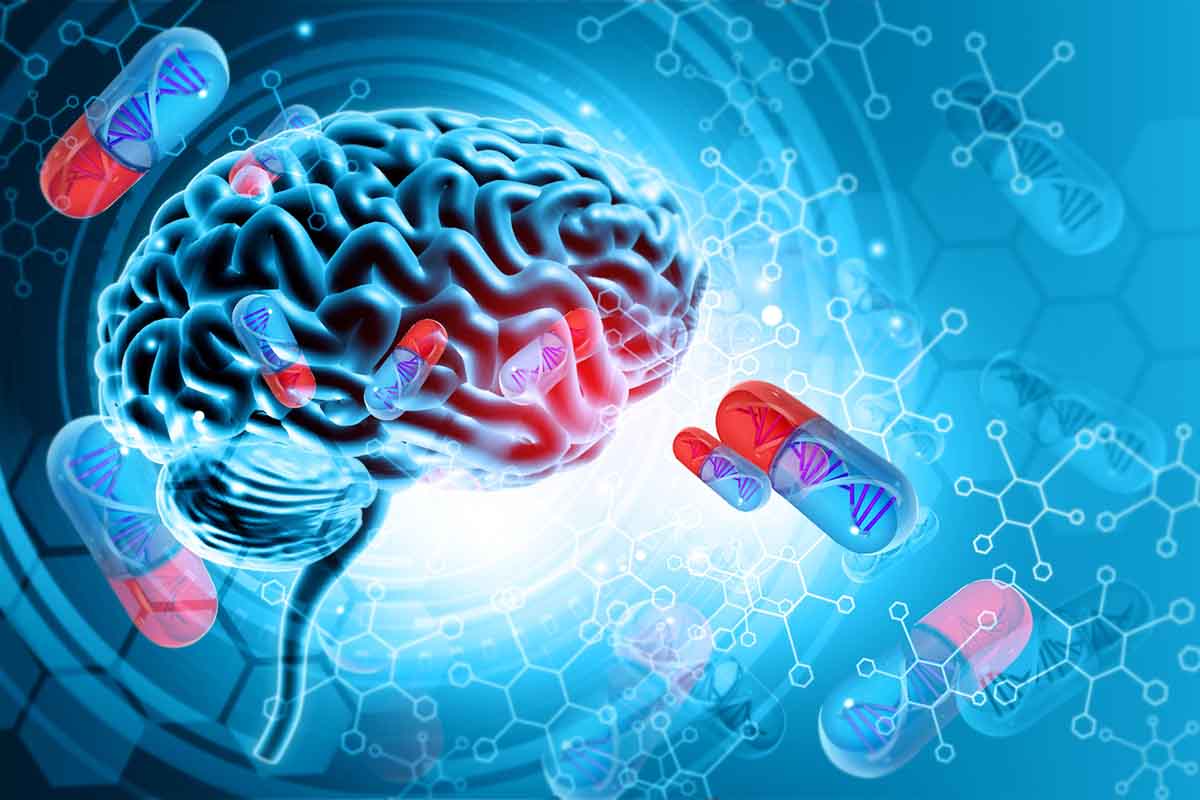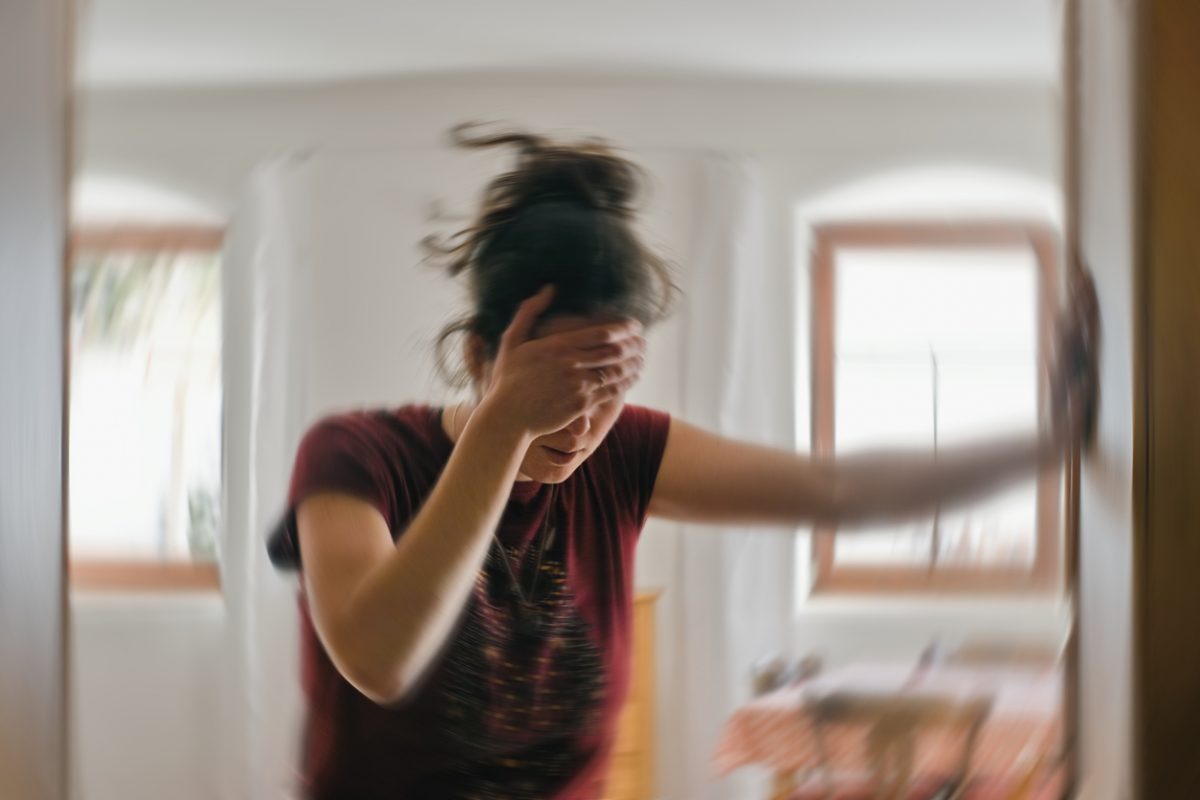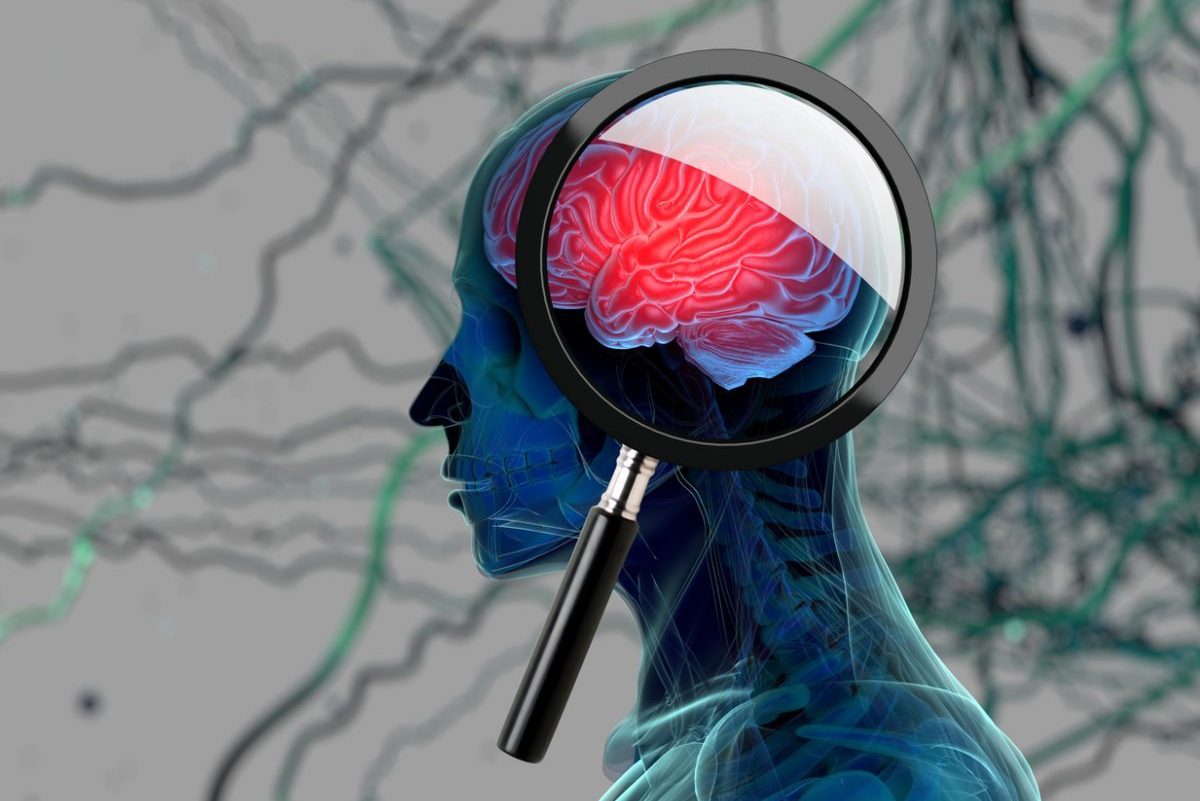Objective: To determine the use of
antipsychotics during and following inpatient treatment of
patients with a first-episode of mania.
Method: The 198 subjects available for analysis
were 129 consecutively hospitalized first-episode manic patients
and 69 nonaffective psychotic patients assessed at admission and
at 6-month follow-up postdischarge. Comparisons between the
groups were made on frequency, type, and doses of antipsychotics
prescribed during and after hospitalization in relation to
clinical status.
Results: First-episode manic patients
were given lower mean ± SD daily doses of antipsychotics than
nonaffective psychotic patients at discharge (163 ± 132 mg
chlorpromazine equivalents [CPZe] vs. 224 ± 167 mg CPZe, p =
.0102), at 6-month follow-up (109 ± 167 mg CPZe vs. 260 ± 178
mg CPZe; p = .0001), and if recovered (110 ± 174 mg CPZe vs. 265
± 207 mg CPZe, p = .0014). At 6-month follow-up, 31 (24%) of 129
manic and 24 (35%) of 69 nonaffective psychotic patients
continued to receive antipsychotics (NS). There was no difference
between the groups in the time to discontinuation of
antipsychotic agents. The mean time to drug discontinuation in
manic patients was 98 days.
Conclusion: (1) Antipsychotic doses at discharge
and at 6-month follow-up were much lower in manic than in
nonaffective psychotic patients, although there was no
significant difference in the proportion of patients who
continued to receive them 6 months after discharge. (2) The time
to discontinuation was independent of clinical outcome. In those
who discontinued the antipsychotic agent, the time to
discontinuation was more rapid in the manic group than in the
nonaffective psychotic patients.
Please sign in or purchase this PDF for $40.00.





